The number of threats in the modern digital world is constantly growing in parallel with the improvement of means of protection against them. The emergence of two- and even three-factor authentication systems, of course, significantly reduces the likelihood of losing important confidential data, but almost all such systems are based on password protection.
The number of network resources where a password is required can be in the hundreds, and there is hardly a superman who is able to remember all of them.
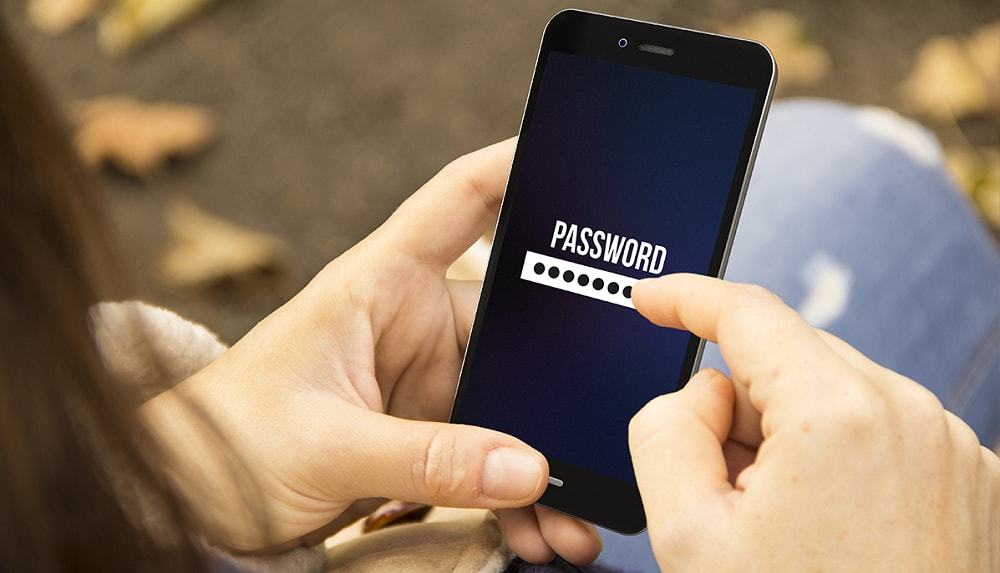
Of course, about 35% of users try to use the same combinations, although this does not help either – there are sites where a long password or a combination of numbers, lowercase and uppercase letters is required. And even if we assume that your accounts are not important enough to take care of their protection from hackers, you still need to remember passwords.
Where to store them? Paper media has long been outdated and considered ineffective; maintaining your own text file is difficult and also unsafe. Password managers come to the rescue – special applications that allow you to save and automatically insert saved passwords into the appropriate fields when you enter your account.
Contents
How much is a password manager needed?
If your online activity is limited to visiting several social networks and news sites that do not require registration, as well as reading mail from a single mailing address – then yes, the use of special means for storing identification data is not required. Otherwise, you will quickly realize that relying on your own memory to memorize them is completely hopeless.
Meanwhile, passwords are required not only for logging into social networks. Not a single online store provides a full range of services to unregistered users, while there are other resources related to finance, such as Internet banking, electronic payment systems, and so on. If you do not use a program for storing passwords, then ordinary forgetfulness can cause a very unpleasant procedure for restoring a forgotten sequence of letters and numbers, and the more serious the resource, the less chances of success.
Now let’s figure out what it is – a password manager. This term is understood as a specialized program that can save on a local or network device all identification data entered into forms and, in most cases, insert them when visiting those sites for which passwords are available.
Is it safe to use a password manager
Almost all such programs have good protection of databases, in which passwords are stored, regardless of where this file is located – on the computer disk, in the phone memory or on the server. Typically, such software uses multi-factor database protection – in addition to the master key, a secret phrase, SMS message, or another method can be used to protect confidential data from outside attacks – for example, brute-force attempts to crack a password.
Of course, there is a risk – there are no absolutely secure systems, even when using the most advanced cryptographic methods of protection, the probability of breaking them is not zero.
But, again, storing passwords on a computer or smartphone without the protection provided by password managers increases this probability to significant values, and even the use of antivirus programs is ineffective here.
As statistics show, there are very few cases of hacking the password storage from well-known and popular managers. Basically, they are associated with a sociological factor, that is, they occur through the fault of the user who did not fully adhere to the recommendations of the manufacturer of the software of this class.
But we still do not recommend using managers from little-known brands, since here the risk of losing important confidential data is much higher.
How to choose a reliable password manager
The optimal application for storing passwords must meet several important criteria. Let’s list them.

Security and transparency
Since you trust your manager with your sensitive data, security should come first. Do not trust a program whose developers are not inclined to describe what encryption algorithms they use and how their program works. Recognized brands in the cybersecurity industry operate transparently, using 256-bit crypto algorithms that cannot be broken by brute force – they are also used by government organizations and representatives of the banking system.
Two-factor authentication is a prerequisite for choosing a good password manager: it will not allow access to the database even if the master key is compromised.
Ease of use
The ideal algorithm for working with a site that requires logging into an account should be as follows: during the initial registration, the manager asks if you need to remember this password; upon re-entering, the authentication data (such as email, username and password) are filled in automatically. The more intelligent the algorithm, the more accurately it works, relieving the user from routine duties.

Compatibility
The best manager is the one that works with all devices (computers, smartphones, tablets, etc.) and on all possible platforms. Such a universal has not yet been created, but there are programs that can work on all popular operating systems, allowing you to safely make transactions and log into accounts regardless of your location.
Top Best Password Managers
Most of the password managers presented here are cross-platform, but if they are not, we will warn you about it.
LastPass
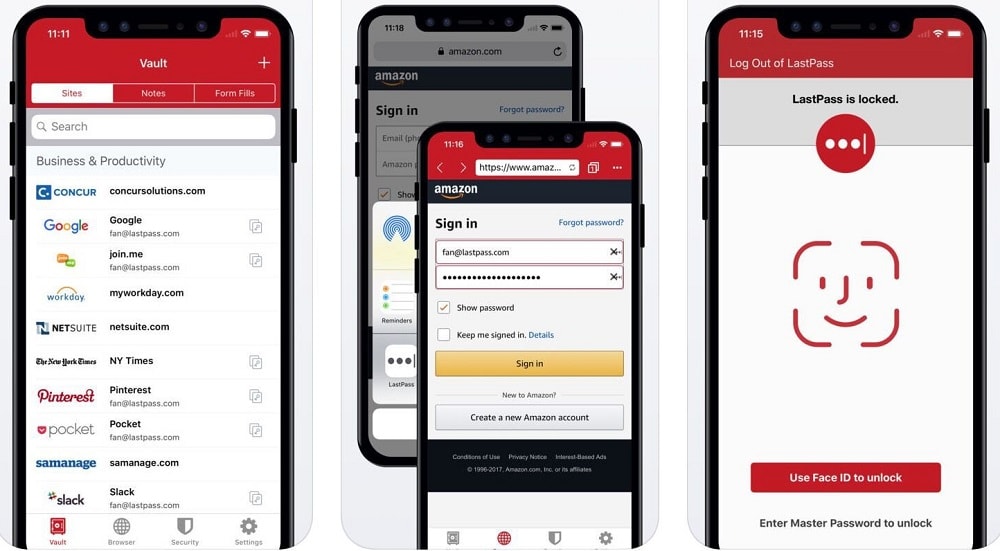
For iPhone owners, LastPass is arguably the best password manager for the iOS platform. However, there is also a version for desktop PCs, their functionality, as well as the interface, are almost identical.
If desired, you can integrate the application into your browser (plug-ins for most popular Internet browsers are supported), which will increase the accuracy of the autocomplete function.
Among the additional features of the application is a generator of secure passwords resistant to cracking. LastPass uses the proven AES-256 encryption algorithm. The credentials themselves are stored in the cloud, which can be synced across devices. Authentication is two-factor, using Google Authenticator.
Keeper Password Manager
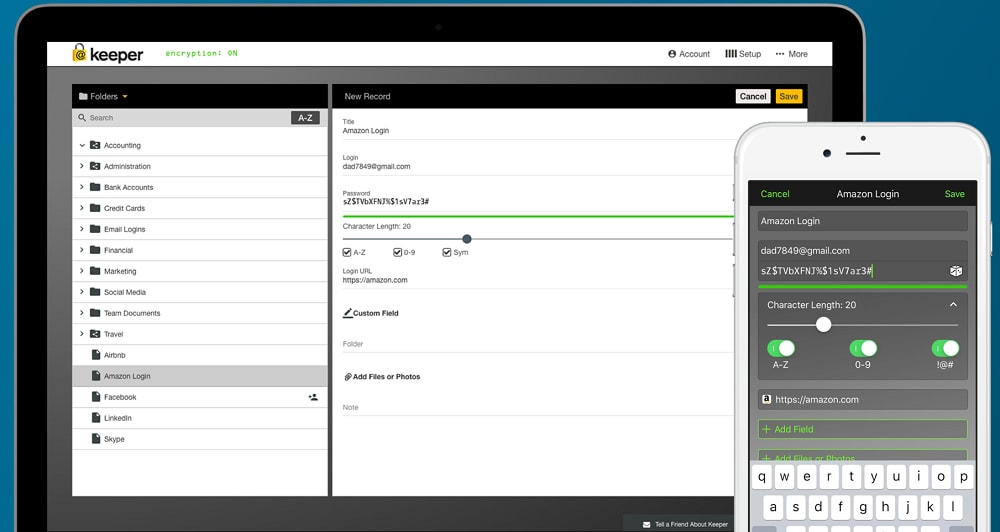
No less famous is the password manager for Android Keeper, which uses a combination of AES-256 / PBKDF2 cryptographic algorithms to provide the most reliable encryption for digital storage. The database can store passwords, bank card numbers, confidential documents and even media files such as photos and videos.
The application has a built-in password generator, and KeeperFill technology allows you to automatically fill in web forms. If necessary, you can try on the function of instantly destroying the database.
Authentication in the manager itself is two-factor, using a master key and a fingerprint or SMS message (optional). You can use the timer to force login.
The application is cross-platform, but there is no version for Linux-like systems.
Dashlane

A very popular app for iOS users, although there are options for PCs as well. Among the features of the program is the presence of the so-called “family” access, when one storage can be used by up to 6 people, who will be chosen by the owner of the master account. The manager uses AES-256 encryption and two-factor authentication. It can store passwords, contact information, identifiers, keeps logs, with which you can view your surfing history.
There is a web version of the program, as well as browser extensions.
Users will surely appreciate the Password Changer function, which makes it as easy as possible to change the identification data on sites (the most popular ones, the database contains about 1000 addresses).
KeePass Password Safe
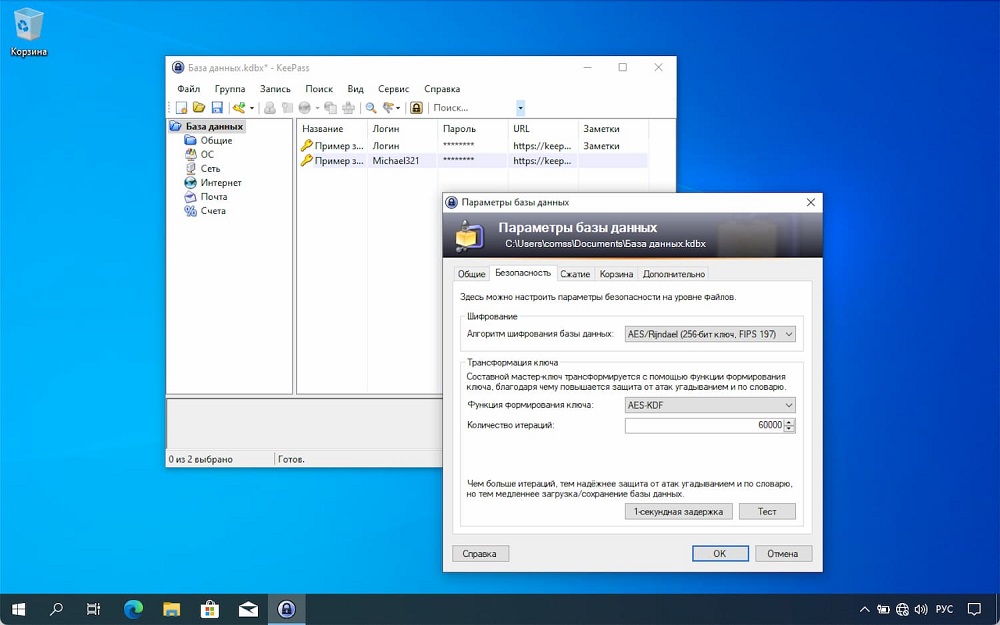
One of the best password managers for Windows, although there are versions of the program for Linux, MacOS X. The mobile version for iOS and Android stores passwords in the cloud, the desktop version – directly on the computer.
The main encryption algorithm is AES-256, but additional protection with multilevel key conversion can be used.
The first generation of the manager (with index 1.x) can work only with Windows, the second (2.x) is cross-platform, moreover, with open source code, thanks to which the KeePass databases can be used by third-party developers.
RoboForm
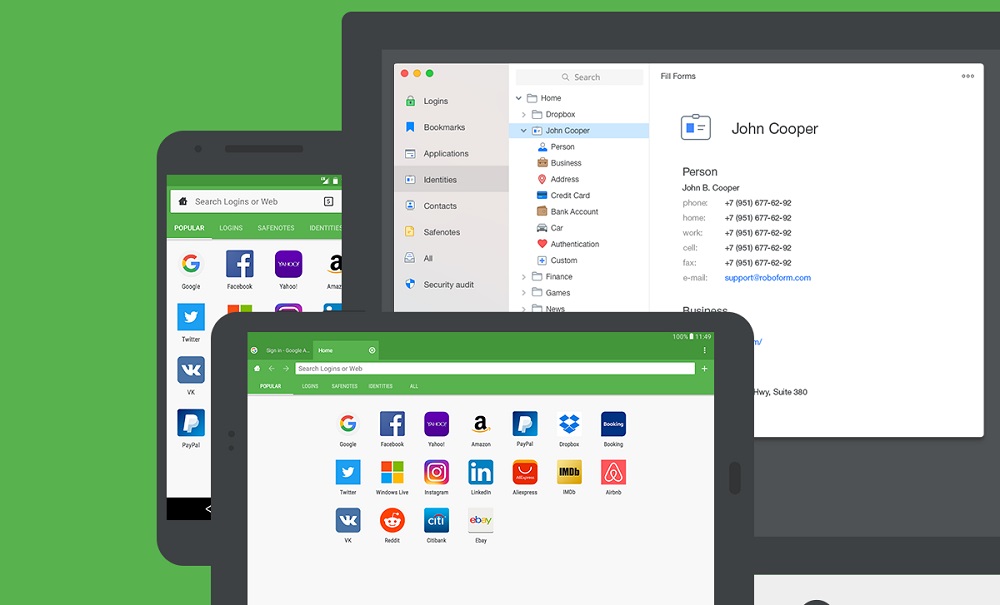
One of the oldest and most famous free manager on the Internet – the first generation of the program for Windows was developed back in 1999. The main feature of the program, which is currently cross-platform, is form autocomplete. The function of remembering and storing passwords is secondary, but it works well. The utility uses several encryption algorithms – AES-256 as the main one, among the additional ones – PBKDF2, RC6, Blowfish. Integration with all popular browsers is provided, including Safari and SeaMonkey. It is noteworthy that the data is encrypted by the client module, that is, the presence of the Internet is not required to communicate with the server. Moreover, it is possible to launch RoboForm from a USB flash drive, there is also a function of synchronization with cloud storage.
aWallet Password Manager.
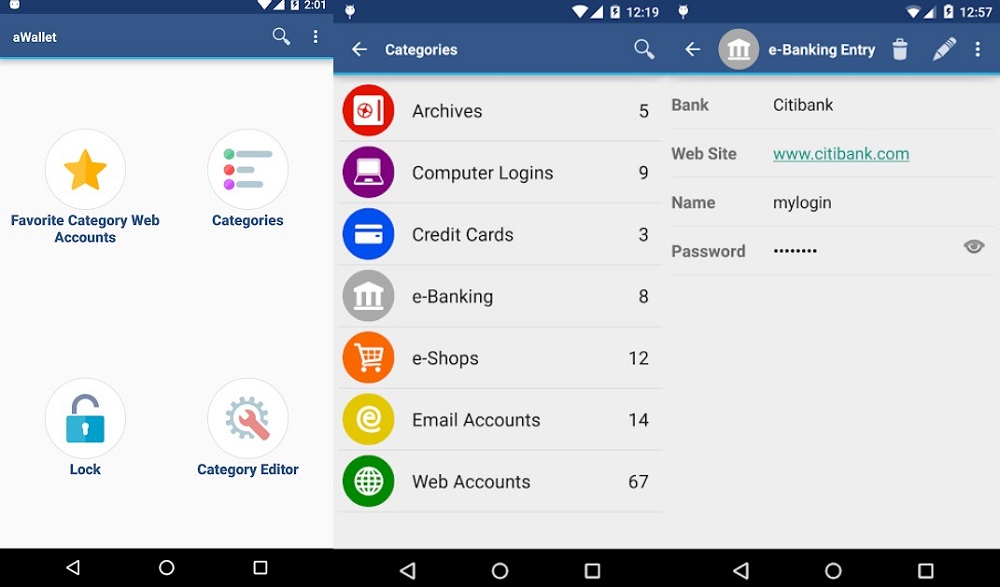
Closing our small top password managers is the only utility that does not have a free version. The program is cross-platform, but there is no fully functional version for Android yet. The application is included in the rating because it is focused on the use of online banking by customers. AES-256 encryption of confidential data is used. Cloud storage of databases is not provided.
Unfortunately, if you need to synchronize between different devices, the procedure will need to be performed manually.
Brief summary
We did not set ourselves the task of listing all existing managers – believe me, there are at least 100 such utilities. Most of them, like the managers presented in our rating, are free, but you will have to pay for a fully functional version. Those who often make purchases online, use Internet banking and store confidential information in cloud storage, require reliable protection of numerous logins, passwords and other identification data. And the best modern password managers are able to provide such protection.